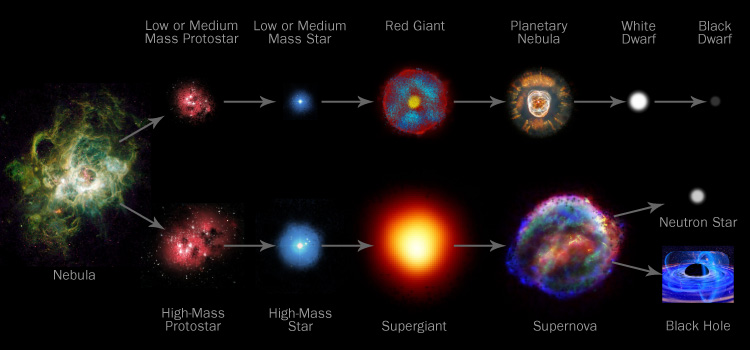
In the process, what remains of the star becomes one of the strange white dwarfs that we met in The Stars: A Celestial Census.īecause white dwarfs are far denser than any substance on Earth, the matter inside them behaves in a very unusual way-unlike anything we know from everyday experience. Low-mass stars are the longest lived of the energy-producing objects in the universe. At this extreme density, a new and different way for matter to behave kicks in and helps the star achieve a final state of equilibrium. The core continues to shrink until it reaches a density equal to nearly a million times the density of water! That is 200,000 times greater than the average density of Earth. Because the star’s mass is relatively low, it cannot push its core temperature high enough to begin another round of fusion (in the same way larger-mass stars can).

This collapse is the final event in the life of the core. But after this helium was exhausted, the star’s core had once more found itself without a source of pressure to balance gravity and so had begun to contract. The HertzsprungRussell diagram, or HR diagram, is a plot of stellar luminosity against surface temperature. Recall that during this time, the core of the star was undergoing an “energy crisis.” Earlier in its life, during a brief stable period, helium in the core had gotten hot enough to fuse into carbon (and oxygen). In the last chapter, we left the life story of a star with a mass like the Sun’s just after it had climbed up to the red-giant region of the H–R diagram for a second time and had shed some of its outer layers to form a planetary nebula. Lower mass stars stay close to the giant branch during this phase. There are eight planets and a large number of smaller objects orbiting under the Sun's gravity.\)) manage to lose enough mass during their lives to fit into this category (an accomplishment anyone who has ever attempted to lose weight would surely envy). Note: The energy in the sun is produced from the nuclear fission process. It will then be forced into radical changes which, though commonplace by stellar standards, will result in the total destruction of the Earth (and probably the creation of a planetary nebula). Eventually it will run out of hydrogen fuel. By that time the luminosity of the sun will get doubled. The expected future age of the Sun is 5 billion years. Since its birth it has used up about half of the hydrogen in its core. This changes slowly over time as the Sun converts hydrogen to helium in its core. The Sun is made of about 70% hydrogen and 28% helium by mass and rest 2% is metals. Key concepts and summary During the course of their evolution, stars shed their outer layers and lose a significant fraction of their initial mass. The average size (by mass) of stars in our galaxy is probably less than half the mass of the Sun. Stars like the Sun will probably lose about 45 of their initial mass and become white dwarfs with masses less than 1.4 MSun. late in life fuse carbon into heavier elements.

have higher fusion rate during main sequence life. Match these characteristics to the appropriate category. By the order of mass, the sun is included in the top 10% of the stars. Listed following are characteristics that describe either high-mass or low-mass stars.

There are many smaller stars than larger ones. There are many stars which are similar to the star Sun, therefore it is sometimes called the “ordinary star”. The sun’s mass is more than 99.8% of the total mass of the Solar System. A massive star experiences a much more energetic and violent end. The Sun is by far the largest object in the solar system. After many thousands of millions of years it will stop glowing and become a black dwarf. The gravitational force of attraction between the planet and particle makes the planets and particles to revolve in an orbit around the sun. Hint: Sun is situated at the center of our solar system and its gravity keeps every planet and particle in orbit.


 0 kommentar(er)
0 kommentar(er)
